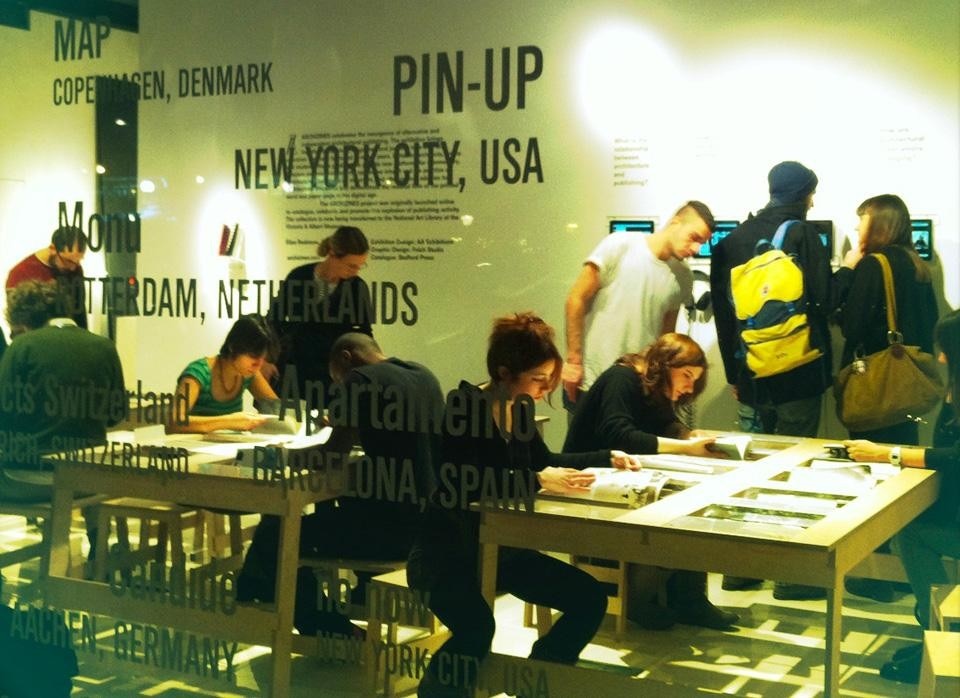Robin Middleton, interview with Lydia Kallipoliti, in Clip, Stamp, Fold, August 2007
This is probably how Elias Redstone started out, leaning on the counter of a specialist bookshop in mid-1990's London before the Internet became the channel of choice via which to nurture our everyday lives. In those days, you had to go into a record shop for an album cover but that was when records still existed. The fetish-like pleasure of sliding off the dry, transparent plastic enveloping Pavement's latest CD like a shroud; films that left an aftertaste of popcorn and cigarettes; live performances of whatever kind in whichever club; booking a holiday in a travel agency; checking the letter box for post; needing tokens for public telephones; and magazines. That distinctive aroma you smelt on waking up on a Sunday morning, made of ink, glossy paper and coffee. Back then, magazines were not the bulky addition to some future piece of IKEA furniture but a stairway to the knowledge of the present that connected different types of people who formed silent and informed communities that would, one day, find the very symbol of their identities in the memory of these luxury readings.
Elias Redstone has constructed a virtuoso and light tool that identifies the architectural culture, its presumed margins, its hazy intentions, its self-referentiality and its fragility. It is an Internet website that brings together and showcases more than 60 specialist magazines and journals. From the Chilean fanzine to the French scientific six-monthly, passing via a UK monthly printed in the format of a daily, this vibrant universe is contained within a simple and elegant descriptive format that does not betray its documentary nature. In our social-networking era, YouTube provides the surfing public with an astonishing wunderkammer of clips from the recent past—the 20th century—but the Archizines operation is a digital archive amassing essential information on the culture of the near future, that of the Noughties. A specialist and slightly niche culture, we might be tempted to say, were it not for the fact that this Internet site now has a following of more than 18,000 and the two recent exhibitions in London and Milan prompted an even larger public to address the issue of printed matter.
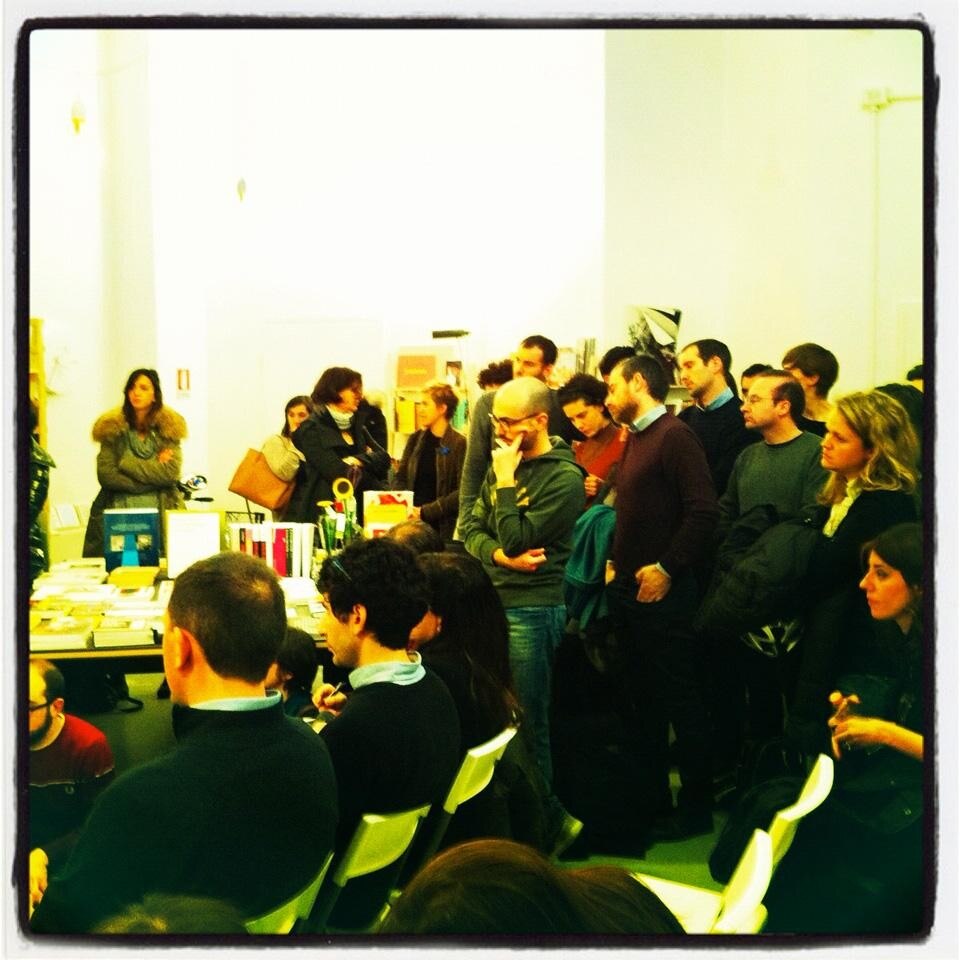
Luca Molinari, moderating the debate, asked the curator Elias Redstone, Joseph Gima and Matteo Ghidoni questions before handing over to Luca Ballarini, Emanuele Piccardo, Luca Sampò and Demetrio Scopelliti. Molinari raised a core issue—the new magazines present themselves to the public asking specific questions based on various theoretical and commercial assumptions in order to address the international crisis—offering each speaker the opportunity to describe and analyse the specific reasons behind their own experience. They highlighted certain fascinating points: architectural publishing is in full ferment in Italy and is responding to the generational "no masters" crisis with quality critical efforts.
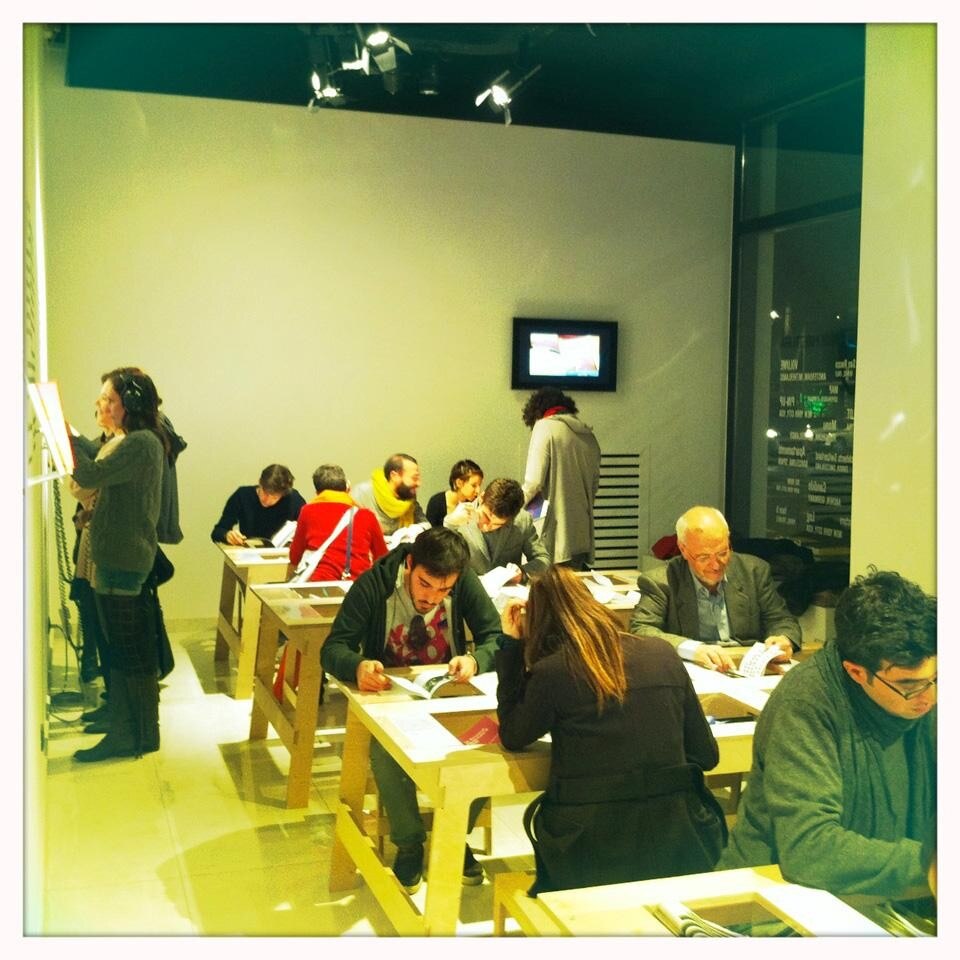
There is clearly a close link between the magazines' newly acquired visibility and the potential for circulating news on the Web. Indeed, we need another encounter to redefine the relationship of need between printed matter and Internet sites, as done recently by Joseph Grima with Domus and as other magazines now intend to do. Archphoto is one example and, as explained by its director and founder Emanuele Piccardo, originated nearly ten years ago as an Internet site; then, in 2011, it also became a paper project. Inspired by radical models —Marca3 and Pianeta Fresco—this magazine is now in its third issue and has a clear policy behind its contents. The same reasoning applies to STUDIOSTUDIO, now in its first issue, in which the thoughts produced in an architectural office prompted the need to combine paper and Web.
Elias Redstone has lent visibility to many marginal and isolated magazines published today and brought into contact publishers who, all too often, are unaware of the wealth of the system they are operating in
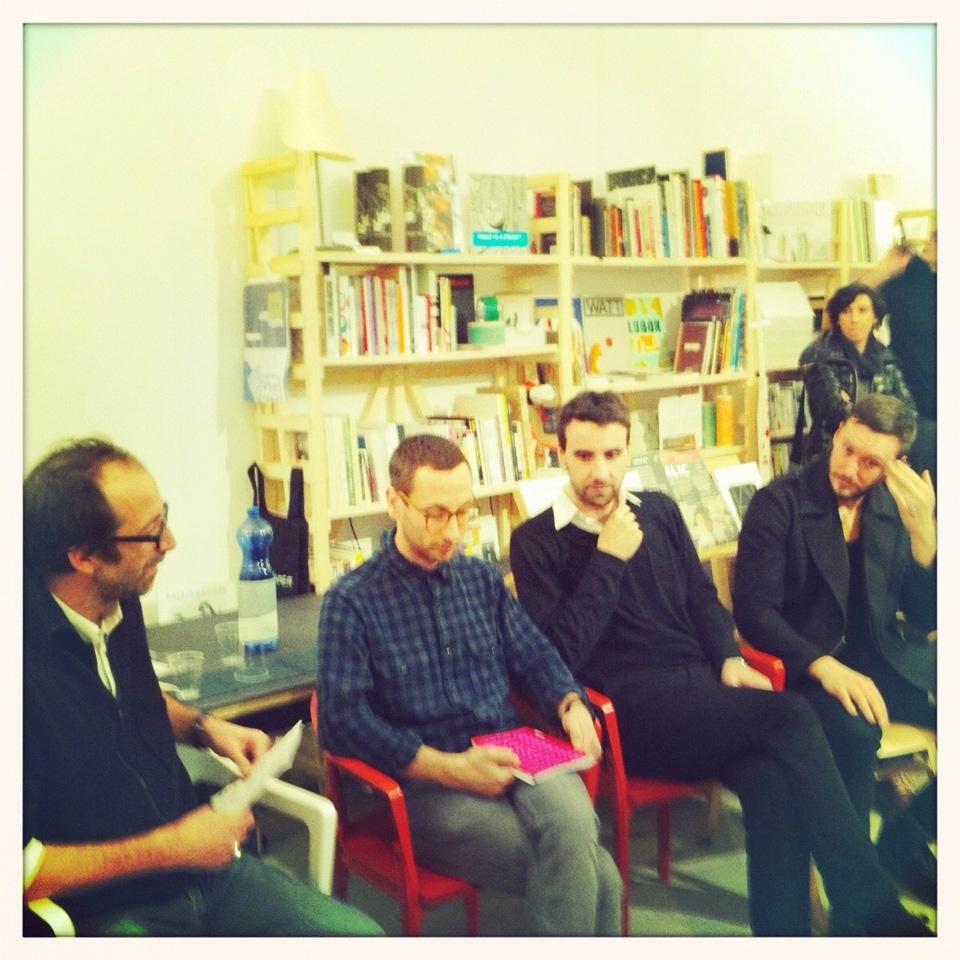
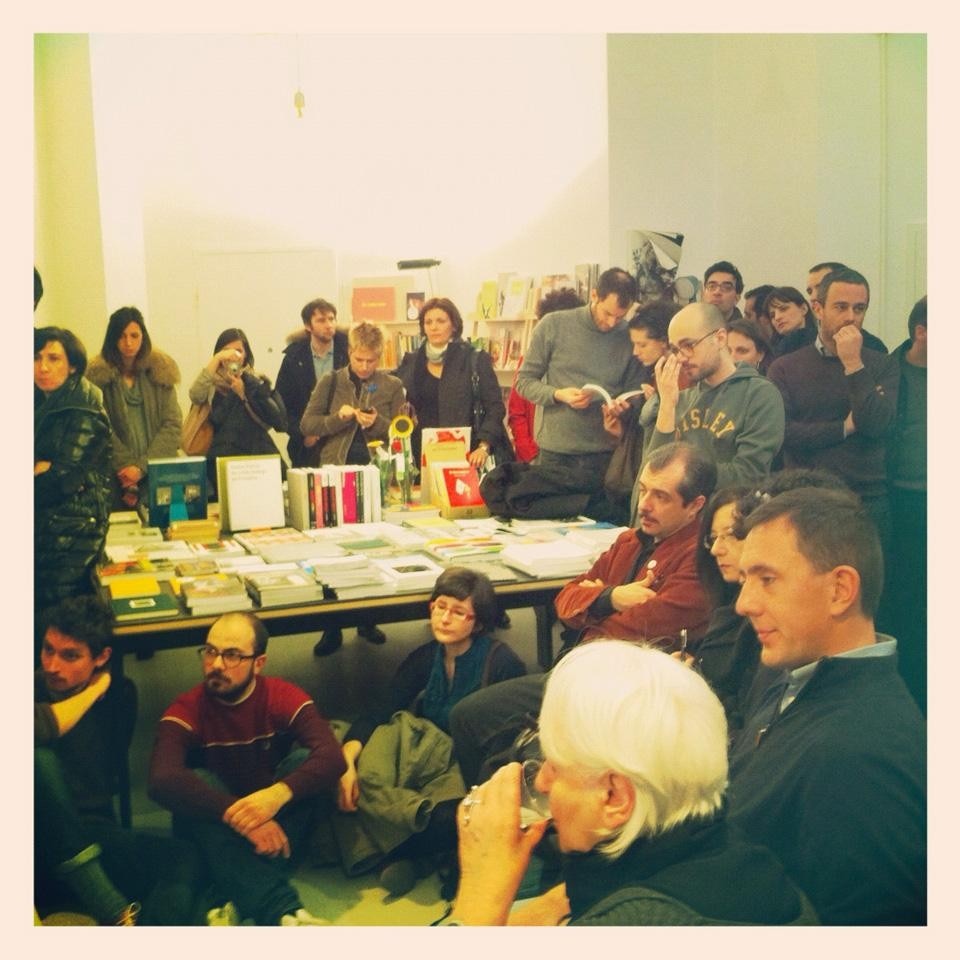
These are six very different cases showing how plural vision is a fundamental wealth of our cultural heritage. We would like to see it enriched by the tool that is the Internet without having to forgo the pleasure of touch and the long-term experience offered by paper magazines. Understanding how the Internet can be shaped as an infrastructure that brings visibility to these emerging archipelagos of knowledge is undoubtedly an issue that written architecture will have to ask itself in the coming years, and find effective strategies if it is to continue producing a political project as complex as that of the magazine. It may no longer have the power to change today's world but it does provide a precise lens through which to explore it. The challenge is clear—we must not stop reading! Elisa Poli
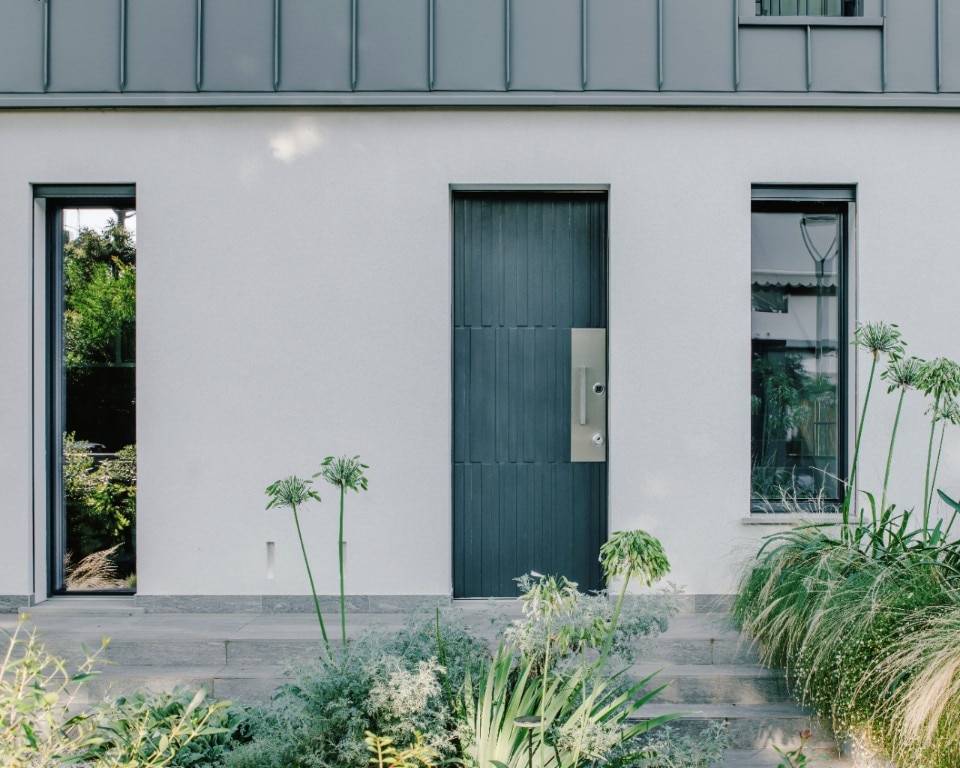
Windows become frames that narrate the space
A home filled with peace, built with a few essential gestures and a palette of materials in harmony with the surrounding landscape. The anthracite-colored windows by Edilpiù take center stage in this visual narrative.


